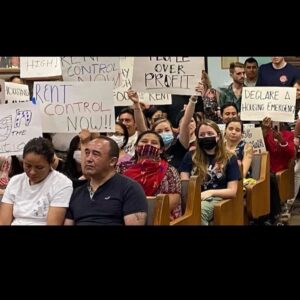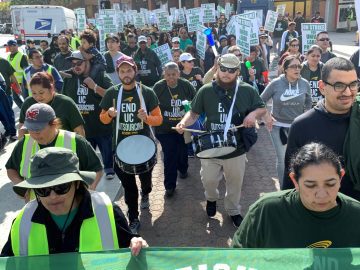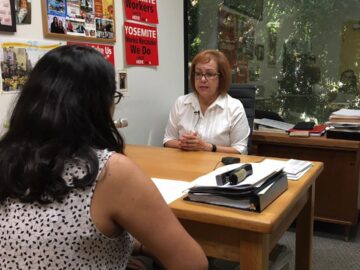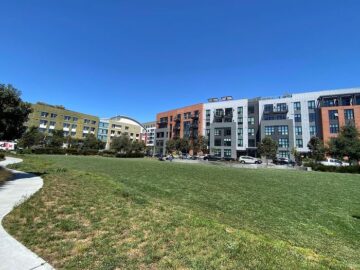 The General Manager of the Los Angeles Housing Department (LAHD) respectfully requests authority to amend certain provisions within Chapter IV, Article 14.6 relative to the temporary protection of tenants during the novel coronavirus (COVID-19) pandemic.
The General Manager of the Los Angeles Housing Department (LAHD) respectfully requests authority to amend certain provisions within Chapter IV, Article 14.6 relative to the temporary protection of tenants during the novel coronavirus (COVID-19) pandemic.
At the Council meeting of June 24, 2022, the City Council instructed LAHD to report on recommendations and possible amendments to the eviction moratorium, with a phased-in timeline that aligns with State policies and allows for adequate outreach to tenants; provide data relative to the Emergency Rental Assistance Program (ERAP); report on existing protections and gaps in protections for tenants, as well as options to address those gaps, including the expansion of eviction protections; and that LAHD conduct stakeholder meetings in the development of the report recommendations (CF No. 21-0042 and 21-0042- S3)
The City, County, and state emergency regulations and rental assistance programs summarized in this report were designed to prevent unnecessary housing displacement and to prevent individuals from falling into homelessness due to COVID-19 causing serious impact on City renters' ability to pay rent due to loss of income due to illness, school/child care closures, loss of employment, or reduced hours.
The City of Los Angeles is now in the third year of the pandemic, which has exacerbated the affordable housing crisis, especially for low-income households. While Angelenos received approximately $1.5 billion in rental assistance, many renters had prioritized paying their rent and acquired “shadow” debt, borrowing from Eviction Moratorium and Extension of COVID-19 Tenant Protections Page 2 family, friends or on credit before ERAP became available. These debts were not eligible to be reimbursed from ERAP per federal regulations. For these households, economic recovery will not be immediate.
Sixty-three percent (63%) of L.A. residents are renters (874,365 households). Even before the pandemic, 56% of L.A. renters (494,749 households) were rent-burdened, paying more than 30% of household income for rent, and 26% (266,191 households) were severely rent-burdened, paying more than 50% of income on rent.
In order to afford the average L.A. monthly rent of $2,219 for a 2-bedroom unit, a household earning the current $15.00 minimum hourly wage would have to work 123 hours per week; in other words, three full-time workers earning the minimum wage are needed to afford the average L.A. rental unit. Without a limited extension of COVID-19 tenant protections, many Angelenos may be subject to housing displacement or at risk of homelessness. As we recover to a new normal, the City must provide clarity to both.






